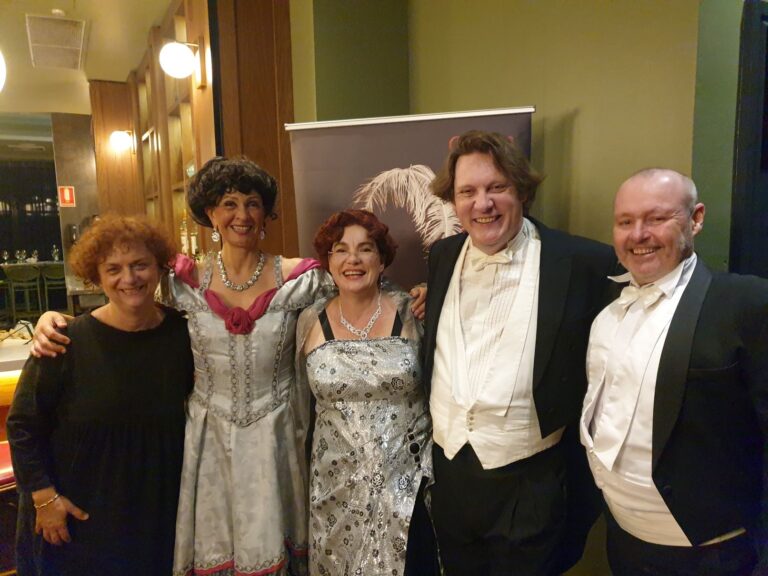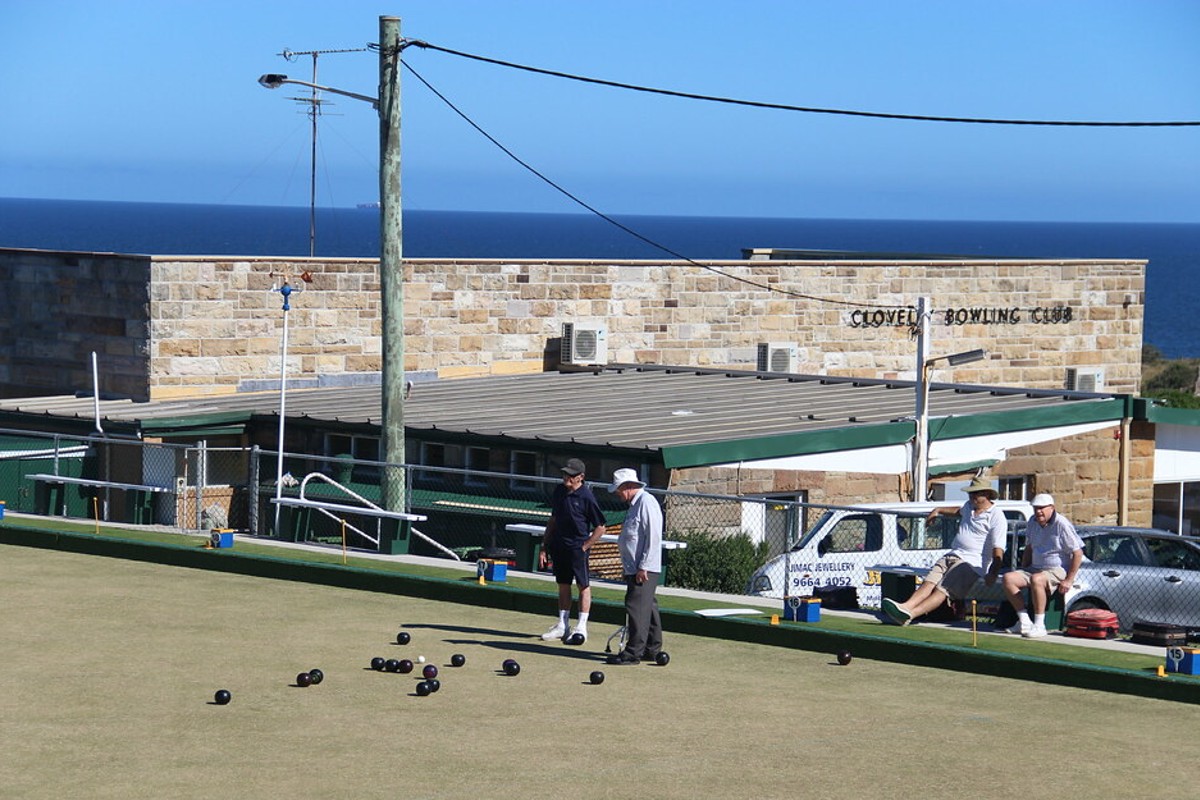
Bowling clubs could soon be a a thing of the past report reveals

Image: Studies show almost half of all Sydney bowling clubs have closed in the last 40 years. Photo: Flickr.
By ERIN MODARO
Bowling Clubs have been revealed to be in steady decline over the last decades, as a report released by researches at the University of NSW warned Australians that ‘bowlos’ could soon be extinct.
Researchers from the School of Built Environment at UNSW Arts, Design & Architecture found that no new bowling clubs had been established in Sydney in the last 15 years, before 2020.
Not only are new clubs not opening, but existing ones are closing at fast rates. Sydney has lost almost half of its existing bowling clubs in the past 40 years, with many clubs either closing or amalgamating.
“Bowling clubs have traditionally been a fixture of the suburban landscape in the big cities” co-author of the study, Professor Robert Freestone said.
“But there has been a notable fall in their numbers over the years.”
Waverley Bowling Club just around the corner from Bondi beach was snapped up for development by Mirvac in 2021, with 55 new luxury apartments being built on the land. While the bowling greens are there to stay at the site, the redevelopment shows a trend for the directions clubs are going.

Decline in sport popularity leads to closures
The study reported that reasons for the downturn in clubs is because of a decline in the popularity of lawn bowls as a sport, as well as a rise in competition for other leisure activities.
“Having multiple clubs in some suburbs just couldn’t be sustained over time,” said Louis Heath, a city planning graduate and lead author of the study.
Whether the club sits on public or private land also has an impact on their survival. Public lots often face redevelopment constraints or are subject to being repurposed by local councils.
Bowling clubs on private land fall victim to redevelopment into residential or commercial buildings.
“The future of the privately owned clubs is more in their hands, but that doesn’t mean council shouldn’t have a role to supporting them to navigate some of the struggles they’re facing,” Heath said.
As for existing clubs, researchers say the way people interact with their local bowlo is changing, as clubs accommodate for modern communities. Social aspects of the sport are relied upon to keep community alive.
“Along with this physical legacy, there are the social values embedded in the everyday appeal of the bowlo, not as a public space, but as an important informal space where we gather,” Freestone said.









